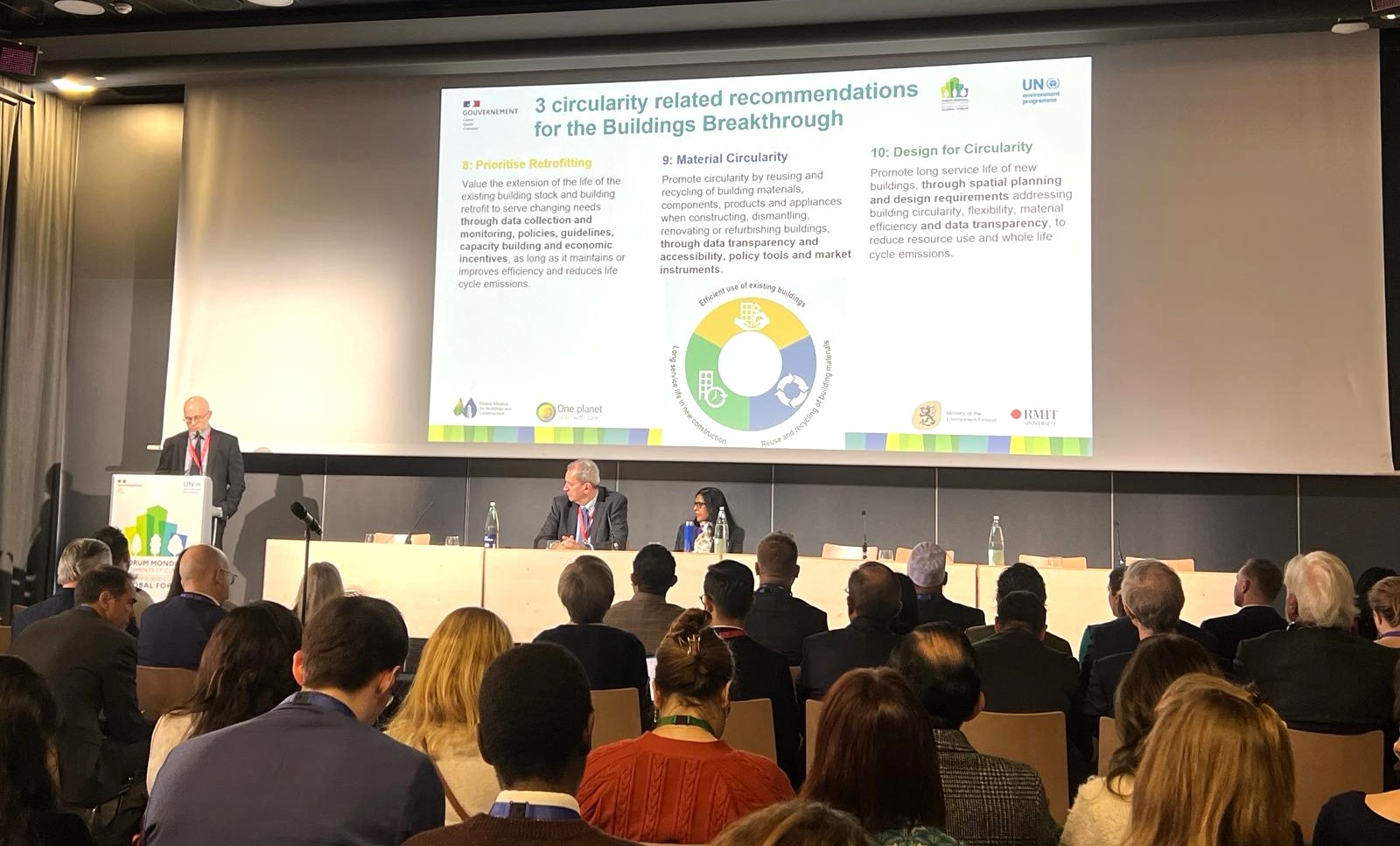Managing Overcrowding in Tourism Destinations
WTTC and McKinsey & Company attempt to define the problem of ‘overcrowding’ as well as suggest a number of solutions that need to be incorporated into destination planning and management. Overcrowding in tourism destinations is a problem which will only be fixed by long-term planning involving all stakeholders.
In this report, we aim to provide a toolkit—context, best practices, and tactics to consider—to
help destination leaders and planners develop their own approach and build a path forward.
Sites, cities, regions, and countries can reap the benefits of tourism while preserving the
unique qualities that make them worth visiting in the first place. Regardless of the individual
tactics, destinations must continually engage all stakeholders. Managing overcrowding is a
journey, not an end point, and engaging the interested parties along the way matters just as
much as the actual actions taken.
Recognizing that the solutions are complex, and that only collaboration between different interest groups will allow destinations to begin to address the challenges, we have strived to adopt a broad perspective. This report is not a private-sector wish list; some of the tactics described have drawn criticism from businesses and operators when taken in destinations to date. This report is also not a checklist of actions to be taken only by government; some of the tactics involve, for example, private-sector funding and product development. Indeed, companies must take responsibility for destination stewardship and engage with governments to facilitate and encourage sustainable tourism planning rather than waiting on the sideline for others to effect change. The report was launched with an event in Madrid on 12th December 2017. Two panel discussions took place and the conversations started on the ways that the necessary steps to better manage tourism can be taken.
This launch will be followed by further round table discussions with public and private sector actors in 2018. We now have clearer definitions of the many different types of problems caused by tourism overcrowding, together with metrics and data to help identify the issues. This helps to start to assess the problems based on facts, rather than emotion.
As the data is not exhaustive and there are gaps, we hope that this continue discussions on necessary data collection and how it can be better collected for the purpose of monitoring popular sites within tourism destinations.
We also anticipate and hope that some of the lessons in the report will be expanded on with real case studies in new destinations or in those where better management is paramount.

